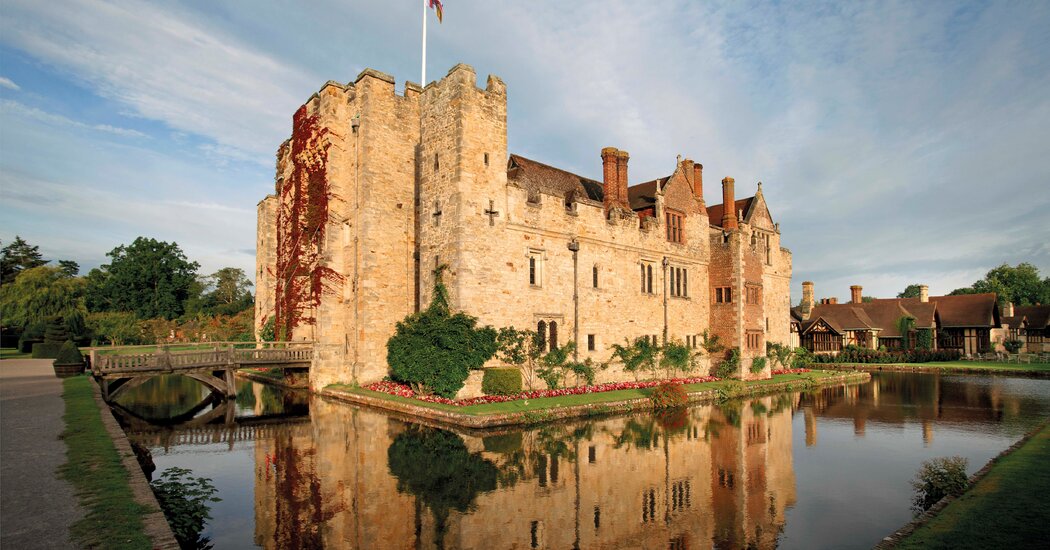When King Charles III is crowned on May 6, the world will witness, for the first time since his mother’s coronation in 1953, a ceremony that packs more than 1,000 years of British pomp and pageantry into a single day. But for some people, one day might not be enough.
Britain teems with castles that offer travelers a chance to walk the same halls and sleep in the same quarters as monarchs of days gone by. Those who revel in the grand spectacle unfolding in Westminster Abbey may also want to soak in the noble lore in the old stone walls of some of those castles.
“The sheer drama of the past thousand years of royal history in Great Britain is like a long-running soap opera,” said Tracy Borman, a London-based royal historian and the author of “Crown & Sceptre,” a history of the British monarchy from William the Conqueror to Charles III. “You’ve got the king who marries six times, the virgin queen, the crown changing hands numerous times on the battlefield, abdication, usurpations, scandal. It’s basically the best drama you could ever hope for.”
Sleeping in a castle can feel like playing a bit part in that sweeping tale. “When people stay in a castle they never forget it,” said Roger Masterson (a.k.a. the Castle Man), founder of Celtic Castles, a travel company and booking platform that works with more than 100 castles across the United Kingdom.
In the past year, Mr. Masterson said he had noticed an increase in Scottish castle bookings in particular, which he attributed to the coverage of Queen Elizabeth II’s funeral and the royal family’s journey back to London from Balmoral Castle, where the queen often spent her vacations. “It really showed off Scotland at its best,” he said.
These six British castles may not be Balmoral, but they still give travelers a chance to steep themselves in history and get a taste of living, if not like royalty, at least like nobility.
Hever Castle
Set in Kent, the “Garden of England,” just 35 miles from Buckingham Palace, Hever Castle transports guests 700 years back in time with fairy-tale architecture that features a medieval sandstone gatehouse, a double moat and two portcullises reached via a drawbridge.
But it’s the castle’s storied history as the childhood home of Anne Boleyn, the second wife of Henry VIII, that makes it a popular day trip from London. “Anne decided to marry Henry when she was living here in 1526, which ultimately led to her own coronation via the break with the Catholic…
Click Here to Read the Full Original Article at NYT > Travel…
